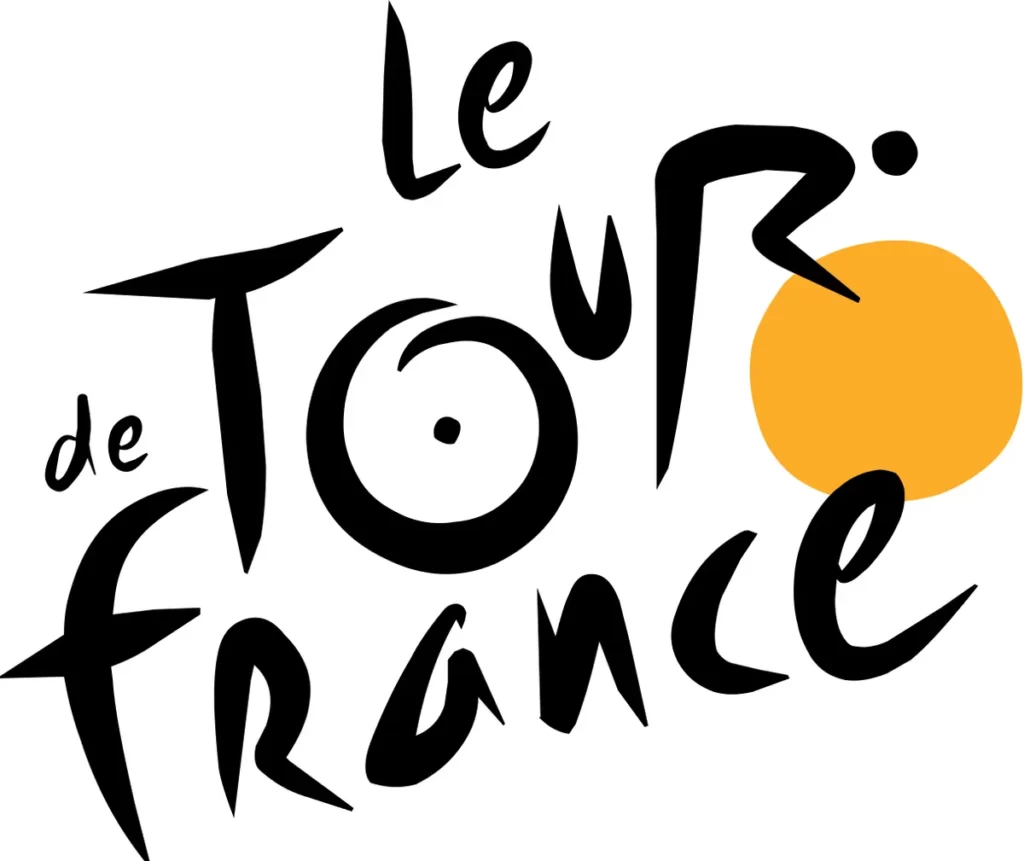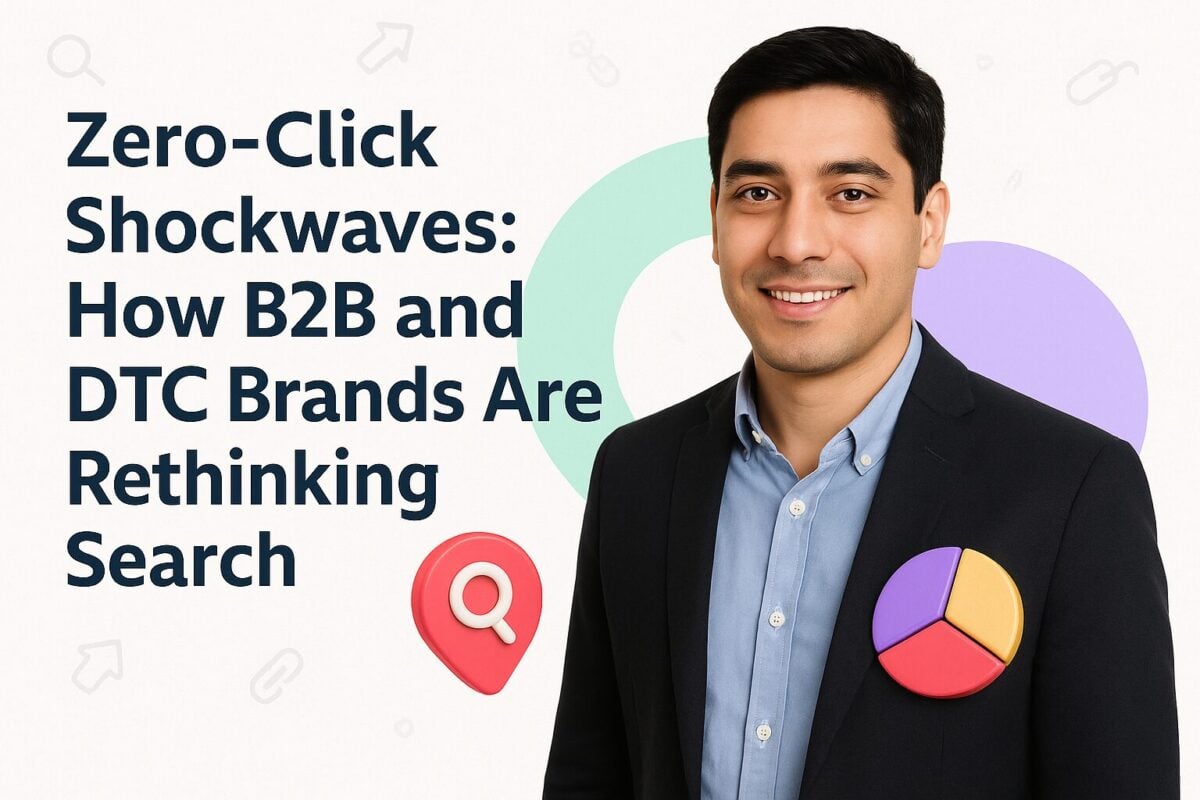When you think of the word “advertising,” you may associate it with marketing that’s instantly recognizable to the public. Think large billboards with in-your-face messaging and display ads that promote specific products or promotions. However, there’s no rule saying that advertising should always be that obvious, especially when creativity is in your brand DNA. That’s where subliminal advertising comes in, offering you a subtle and creative way to deliver your message to your target audience.
So what is subliminal advertising, really, and why does it work? More importantly, what does it look like? Let’s go through the rest of the post to discover 10 of the best examples of subliminal advertising.
Creative Examples of Subliminal Advertising:
What is Subliminal Advertising?
Subliminal advertising refers to the use of subliminal messaging in advertising campaigns with the goal to influence the subconscious mind of consumers and subsequently, their decisions and brand perceptions. This messaging may be in the form of words, visuals, and sounds, which are strategically designed to elicit certain emotions and build an association with your intended meaning.
With this type of advertising, the consumer doesn’t consciously notice the message you’re trying to convey. Instead, their subconscious mind will pick up on the subtle messages, which will then influence what they think and feel about your brand.
Although it may be a form of manipulation, ethical subliminal advertising isn’t necessarily malicious or used inappropriately. Rather, it helps to deliver a harmless message without explicitly stating it.
Historically, subliminal advertising was popularly executed by flashing images and brand logos in the middle of TV shows. This method, however, has earned a bad rep due to it being too obvious all while trying to manipulate the audience. Not to mention its inability to deliver the message persuasively.
Modern forms of subliminal advertising are much more creative and executed with a clear purpose. Most of them involve strategically designing brand logos to deliver a hidden message. In some cases, subliminal advertising can be used to get your audience guessing and build excitement for an upcoming product or event. These are often executed through dropping hints and providing clues that would tease the audience and generate a buzz.
10 Subliminal Advertising Examples to Inspire You
Ready to get inspired with the best subliminal advertising examples? We’ve put together a list of creative subliminal messages in branding, advertising, and other marketing campaigns. Let’s take a look.
1. Amazon Logo
The Amazon logo conveys the message that Amazon sells everything from A to Z (the arrow connects the two letters).
It also visualizes the smile customers would experience while shopping on https://t.co/vfxYaPnNXL pic.twitter.com/bnwQjAGARC
— The Game Of Brands (@TheGameOfBrands) July 20, 2021
Perhaps one of the most popular examples is the Amazon logo, which consists of an arrow connecting the “a” to the “z.” This is a subtle way to advertise how the brand gets your products from A to Z, suggesting to consumers that the brand is reliable in delivering what they want. You can also notice how the arrow resembles a smile, which is another type of subliminal messaging intended to associate the brand with positive emotions.
It can also be interpreted to mean that the brand is responsible for delivering smiles to their customers. Over the years, Amazon has become much less subtle with this messaging. In some of their ads, the brand has even deliberately used the arrow to depict a smile. Nevertheless, it’s still one of the best examples of subliminal advertising carried out by the biggest name in ecommerce.
2. Pepsi “Dare for More” Campaign
Halloween advert by @pepsi #advertising pic.twitter.com/DAzkLSChDZ
— Simon Sugar (@simonsugar) October 13, 2014
Pepsi has no shortage of creative advertisements–from the famous Halloween ad that took a direct jab at competitor Coca-Cola to visuals that subtly promote Diet Coke. The brand has always been about subtlety in their messaging. So it’s no surprise that one of their campaigns made it to this list. One of the brand’s most creative uses of subliminal messaging can be seen in the “Dare for More” campaign.
For this campaign, the brand used a series of photographs to represent adventurous sporting activities such as surfing, mountain climbing, and snowboarding. Each image creatively made use of landscape and colors to depict the Pepsi brand colors so as to make a subtle association between the brand and adventure sports. This campaign could be interpreted as the brand’s attempt to challenge individuals to “dare for more” and engage in adventurous activities that thrill them.
3. Xiaomi Teaser Video
Ready?
Shh?...listen, do you recon the typing sound? ? pic.twitter.com/nPkhEu0wMP— Xiaomi (@Xiaomi) September 4, 2023
Xiaomi’s teaser video for the 13T series is a very recent example of subliminal advertising. The video starts out with a typewriter spelling out “ready,” but instead of a typical typewriter sound, each letter is accompanied by the sound of a camera shutter. This sound subtly hints at the brand’s collaboration with Leica for its upcoming series.
At the end of the teaser, the letter “T” flashes for a brief second before displaying the brand logo. This is another way for Xiaomi to hint at the audience about the upcoming release. While this teaser may be creative and subtle enough, many Twitter users correctly guessed what it was about. The campaign, however, managed to achieve its goal of building anticipation and getting consumers excited about its latest series of phones.
4. Fabletics Scrubs Teaser Posts
On that note, Fabletics Scrubs also does a great job of using subliminal messaging to hint at upcoming product releases and build anticipation among their customers. The brand produces a range of activewear scrubs specifically to cater to those in the healthcare field who want to maintain an active lifestyle. These scrubs are available in a wide range of colors, with the brand regularly dropping a new color every month.
Before each drop, Fabletics Scurbs posts a couple of teaser images and videos hinting at the new color. These hints creatively make use of imagery and wordplay to build up excitement for the upcoming drop. For example, to tease their drop of the “Chai” collection, the brand used a close-up image of tea with a text overlay saying “Here’s the tea.” The caption reads, “We’re about to spill the tea.”
For another upcoming drop, the brand shared a short video flashing words on a bright pink background. The video included details such as the drop date and briefly showed an emoji of a pink hibiscus flower. In the next post, the brand shared a close-up of a pink hibiscus with a caption reading, “We’re tickled pink with our new shade coming.”
5. Honey Nut Cheerios Missing Mascot
Honey Nut Cheerios mascot goes missing as brand addresses declining bee populations. https://t.co/zltrkTHyJm pic.twitter.com/wrgMqGBjzz
— Adweek (@Adweek) March 14, 2016
If you’re familiar with Honey Nut Cheerios, you’d know that their mascot Buzz has been a fixture in the cereal’s branding. The mascot prominently features at the front of the packaging and is instantly recognizable. So when the iconic figure went missing in the cereal’s packaging back in 2017, it immediately got people to pay attention.
The campaign was intended to raise awareness about the declining bee population and get people to “help bring back the bees.” They even included a free packet of seeds to encourage people to plant more flowers and contribute to the cause. This is an excellent example of subliminal advertising used for supporting a good cause.
6. Baskin Robbins Logo
Baskin-Robbins unveils new logo and brand refresh.
What do you think? ? or ?? pic.twitter.com/hQCepxiNLo
— John Benavidez (@ProfBenavidez) April 11, 2022
Everyone’s favorite ice cream company has a wealth of flavors to cater to different tastebuds. Baskin Robbins was initially famous for having 31 flavors–one for each day of the month. This is reflected in the brand’s logo, which is an abbreviation of the brand name “BR” and has the number “31” hidden in between the two letters. The 31 is highlighted in pink to symbolize the brand’s 31 different flavors.
Although Baskin Robbins has since expanded its flavor directory to include thousands of new and interesting selections, the “31” in the brand’s logo remains the same. Even with the recent rebranding, the brand continued to use a revamped version of the hidden 31 logo design. This subliminal messaging is intended to remind people of the brand’s huge selection of flavors and encourage them to choose Baskin Robbins every day of the month.
7. My Arcade’s Twitter Teaser
Happy Holidays from our family to yours! Here's the next clue to what we've been working on. What do you think the "A" is for?! #happyholidays #myarcade pic.twitter.com/lXocVZZp2g
— My Arcade (@MyArcadeRetro) December 25, 2022
Before the release of their new Atari micro player, pocket player, and gamestation, My Arcade released a series of teaser posts on Twitter to generate buzz for the launch. They provided “clues” in the form of close-up photos of the products to keep their audience guessing and drive conversation around the upcoming launch.
For their holiday post, for example, they shared a close-up image of the “A” button and asked followers to guess what the “A” is for. This was a subtle hint at the brand’s partnership with Atari, which many followers did guess correctly. The creative use of imagery helped them keep the partnership a mystery while still releasing enough info to build excitement for the upcoming announcement.
8. Diageo #KnowWhentoStop Campaign
There’s a happy limit to everything. #KnowWhenToStop this holiday season.
Find out more about our new campaign on https://t.co/AKE6gTjaWL.
Why not put your knowledge on the effects of alcohol to the test: https://t.co/Cw7I2luaq8 pic.twitter.com/1YfVf7DL1b
— Diageo News (@Diageo_News) November 18, 2021
As one of the world’s largest liquor companies, Diageo has no shortage of creative campaigns that set them apart from the competition. Their #KnowWhentoStop campaign showcases a creative use of subliminal messaging to help raise awareness about drinking responsibly. For this campaign, the company shared a series of animated videos of people “doing too much.” Although none of the videos directly portrayed people consuming alcohol, the company subtly found ways to get the message across.
One of the videos showcased someone stuffing themselves with sweet treats while another showcased a home being overdecorated for the holidays. Similarly, each video portrayed characters that overindulge on activities such as watching TV, scrolling on the phone, and working. Each video was accompanied by a clever and short message tying into the dangers of overdoing something, which helped to drive home the message.
9. Le Tour de France Logo

Source: creativebloq.com
Since logos are some of the easiest places for brands to share subliminal messaging, it’s only natural for this list to have several examples. The logo of the Tour de France is another excellent example, especially as it has two uses of subliminal messaging. The more obvious one is the “O” representing the wheel of a cycle and the “R” shaped like a person in a cycling position, which symbolizes what the event is all about.
So what’s the other one? If you’ve noticed the yellow circle that’s part of the logo, you might have wondered what it’s about. This color indicates the yellow jersey that’s awarded to the cyclist who wins each stage of the race and has become an iconic part of the event.
10. Cult Beauty’s Teaser Reel
As one of the biggest retailers of beauty and skincare products, Cult Beauty manages to build a strong community of loyal fans through their Instagram presence. This is where the company shares user-generated content, tutorial videos, and product announcements. So it’s only natural for them to make use of subliminal advertising to tease product launches and get people excited for their upcoming announcements.
For example, before the Drunk Elephant B-Goldi Bright Drops made it to the Cult Beauty virtual shelves, the company shared a teaser Instagram Reel to make the announcement. The Reel included a compilation of gold imagery such as jewelry, architecture, paint, and more. Among these images, the company included the occasional image of the product they’re introducing. While not as subtle as some of the other examples on this list, it’s still a creative way to make an announcement instead of doing something generic and predictable.
Go Subtle with Subliminal Advertising
Subliminal advertising has been around for decades and has evolved to be less manipulative and more creative than before. Brand logos aren’t the only place where you can infuse them into your marketing. With the right approach, subliminal advertising can be used as a way to drive engagement and build excitement for upcoming events and announcements. This may be done through imagery, sounds, and so much more.
Like Xiaomi, you could creatively add sounds that hint at your upcoming release or you could mix it with the right word play like Fabletics Scrubs. You could also include imagery to give people visual cues on what it might be like My Arcade. Either way, subliminal advertising can be used to keep people guessing and get them more invested in what you have in store for them. Get ready to be creative and go all out with your subliminal advertising campaign.



